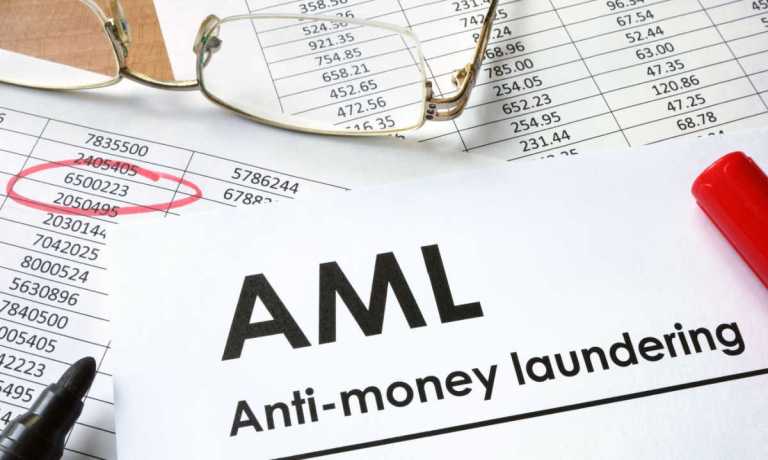Enforcement actions and fines from regulators — the Federal Reserve, the Office of the Comptroller of the Currency and others — highlight the growing scrutiny on anti-money laundering (AML) efforts.
And where these firms, banks and FinTechs among them, are deemed to come up short, there’s a (literal) price to pay. In the meantime, the very rules governing AML and fraud-fighting efforts may change, as a commentary period is ongoing as regulators seek input on the use of advanced technologies to sharpen fraud defenses at financial institutions (FIs).
As reported this past Friday (July 19) the Federal Reserve Board fined Green Dot $44 million for unfair and deceptive practices and a deficient consumer compliance risk management program. Green Dot, for its part, is being tasked with a mandate to, among other actions, “develop an effective anti-money laundering program and hire an independent third-party to conduct a review of certain transaction activities.”
Earlier this year, Toronto-Dominion Bank (TD Bank) detailed steps it had been taking in response to investigations into its AML programs, where it had set aside $450 million to resolve one of these inquiries. The company also set about introducing new technologies and refining its alert systems to tailor them to specific areas of operation and branches.
The OCC in April sent Morgan Stanley a missive via a “matter requiring attention” notice regarding its controls. Among the issues identified by the Securities and Exchange Commission (SEC), the Office of the Comptroller of the Currency (OCC), the Financial Crimes Enforcement Network (FinCEN), the Office of Foreign Assets Control (OFAC) and the Federal Reserve: The practices and the vetting of identities of potential clients, determines the source of their wealth and monitors their financial activities once they become clients.
The Tools in Use
In the report “Financial Institutions Revamping Technologies to Fight Financial Crimes” — a collaborative effort between PYMNTS Intelligence and Hawk AI — 40% of FIs surveyed say incidents of fraud are increasing, and 7 in 10 told us they now are using AI and machine learning (ML) to fend off fraudsters. Roughly a third of FIs stated that they rely entirely on third parties to provide AI and ML solutions.
Advertisement: Scroll to Continue
The stepped-up regulatory efforts come as banking regulators and the Treasury Department’s Financial Crimes Enforcement Network (FinCEN) issuing a notice of proposed rulemaking — with commentary stretching out until September — that steers banks to boost their risk assessment efforts tied to AML programs.
In the Federal Register, published earlier this month, notes that “distribution channels” and outside intermediaries be examined and assessed, in part through the “adoption of emerging technologies, such as machine learning or artificial intelligence, that can allow for greater precision in assessing customer risk, improving efficiency of automated transaction monitoring systems by reducing false positives, or reducing overall costs and improving commercial viability with certain customer types and jurisdictions.”
This past week, the agencies detailed that “independent testing be conducted by qualified personnel of the financial institution or by a qualified outside party and for an AML/CFT program to be effective, reasonably designed, and risk based.”




